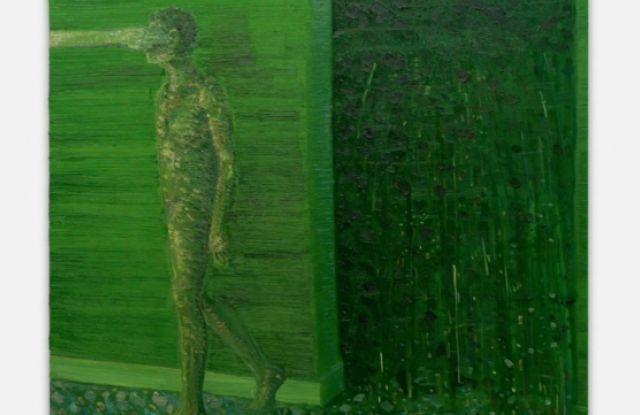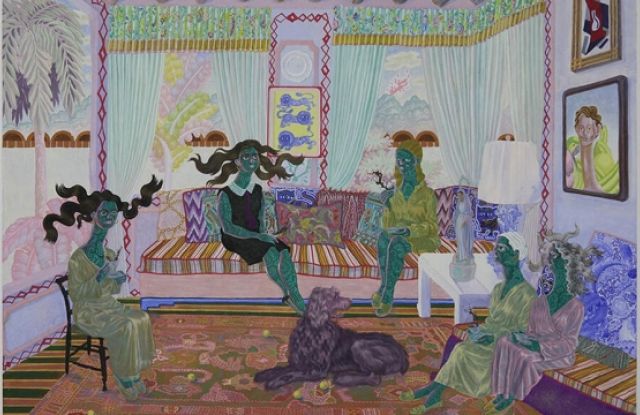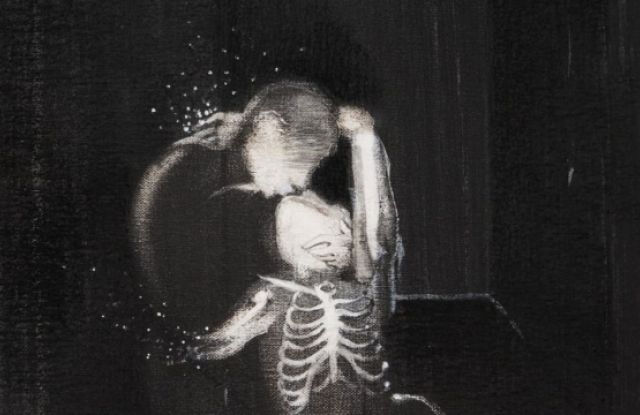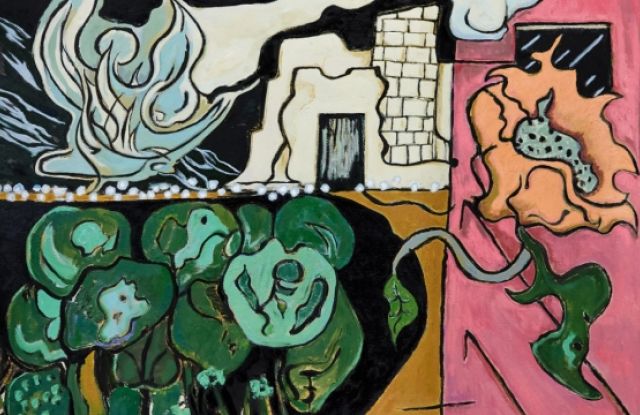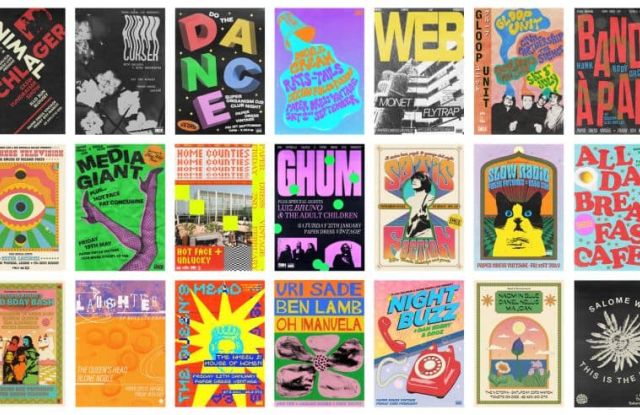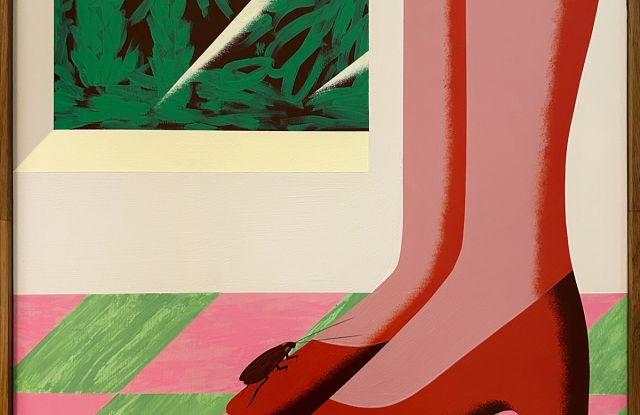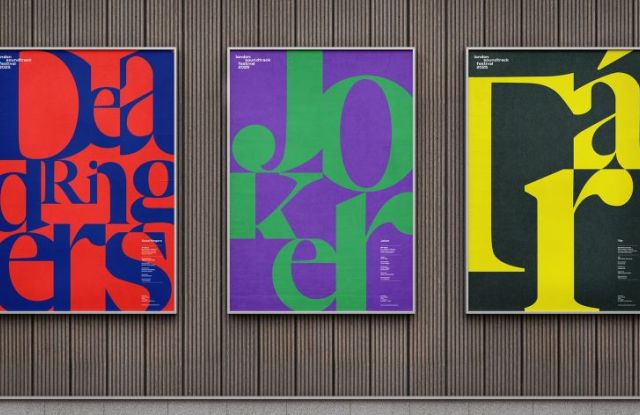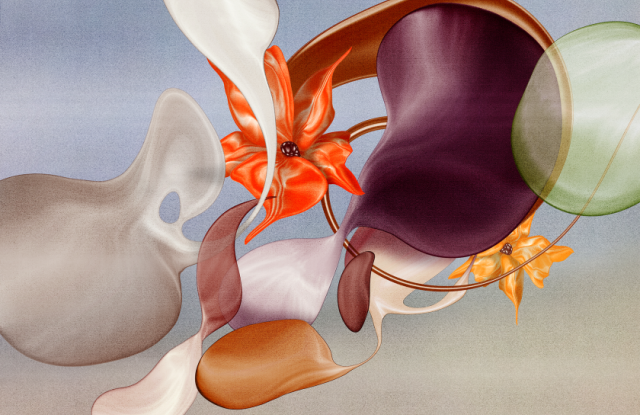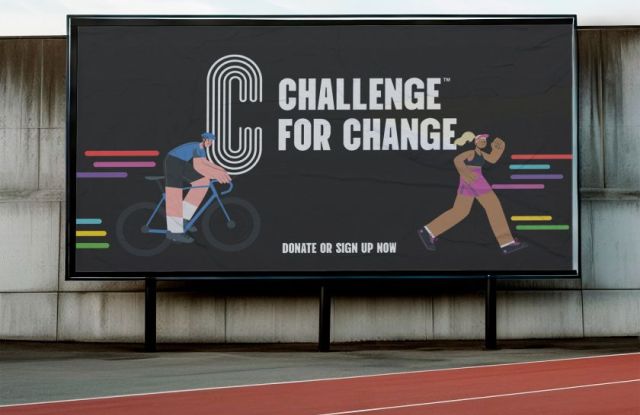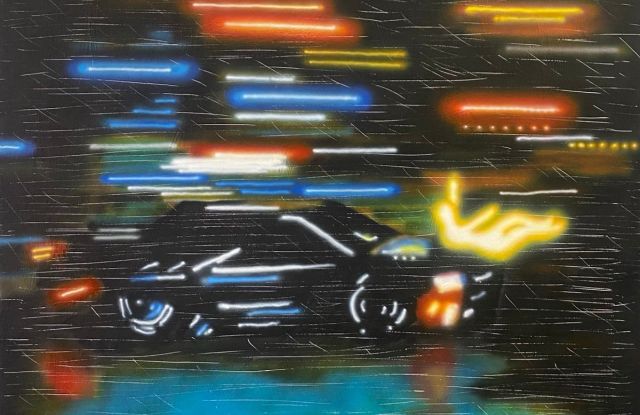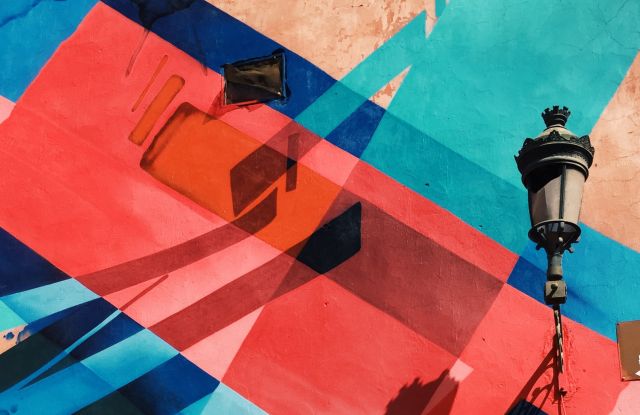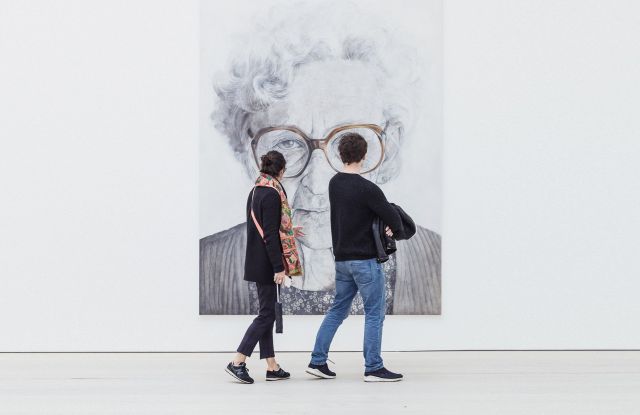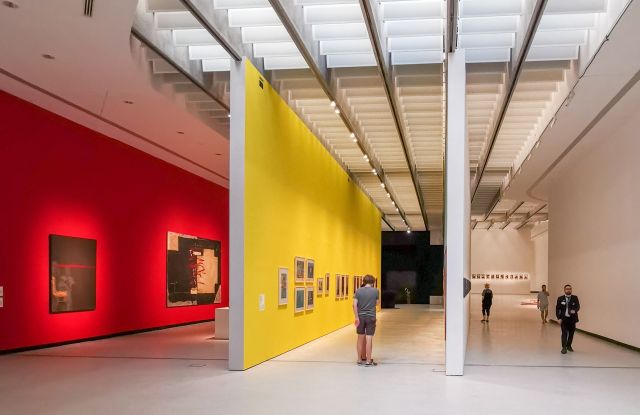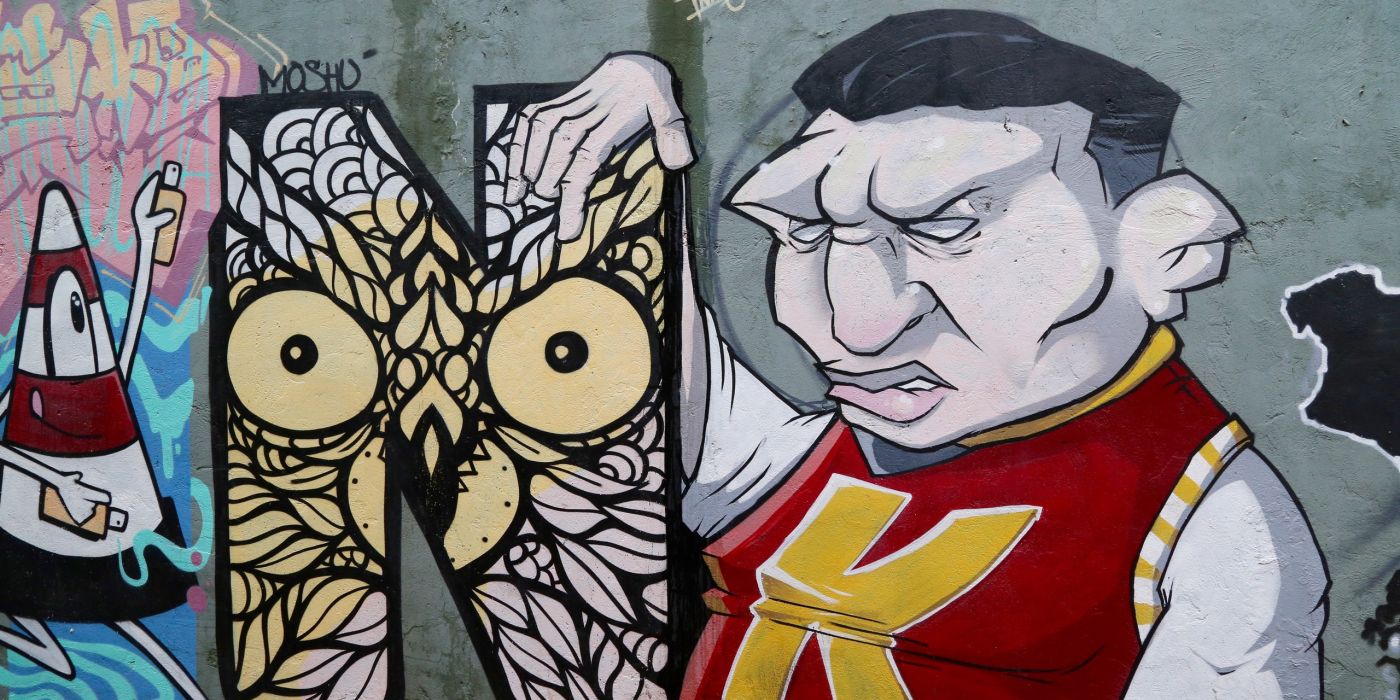
Know the Difference: Street Art vs. Graffiti

While street art and graffiti both involve creating visual artwork in public spaces, they differ in several key aspects, including their origins, intent, and public perception. Understanding these differences can help us appreciate the unique characteristics and cultural significance of each art form.
Street Art
Origins and Intent: Street art emerged as an organized and more accepted form of artistic expression compared to graffiti. It often involves a wide range of techniques, such as murals, stencils, wheat-pasting, and stickers. Street artists typically create their works with the intention of conveying a message or making a statement, whether it be political, social, or simply for aesthetic purposes. Many street artists seek permission from property owners before creating their artwork, making it a more sanctioned form of public art.
Style and Aesthetics: Street art encompasses various styles and techniques, resulting in diverse visual experiences. The artwork is often large-scale, colorful, and visually striking, designed to catch the attention of passersby and engage them with the artist’s message. Some well-known street artists include Banksy, Shepard Fairey, and JR.
Public Perception: Generally, street art is more widely accepted by the public and is often viewed as a legitimate form of artistic expression. Cities around the world have embraced street art, commissioning murals and organizing street art festivals to promote local artists and beautify urban spaces.
Graffiti
Origins and Intent: Graffiti has its roots in the early 1970s, originating in New York City as a form of self-expression and rebellion among young people. Graffiti artists, or “writers,” use spray paint and markers to create their artwork, which often consists of stylized lettering, words, or phrases known as “tags.” The primary intent behind graffiti is to gain recognition and establish a reputation within the graffiti community, rather than to convey a specific message to the public.
Style and Aesthetics: Graffiti is characterized by its distinctive lettering styles, such as bubble letters, wildstyle, and blockbusters. The artwork is often created quickly and spontaneously, reflecting the illicit nature of the activity. While some graffiti pieces can be quite elaborate and visually appealing, others may be simple tags or scribbles.
Public Perception: Graffiti is often associated with vandalism and is generally considered illegal, as it is typically created without permission on public or private property. As a result, graffiti tends to have a more negative public perception compared to street art. However, some graffiti artists have gained recognition and respect within the art world, such as Jean-Michel Basquiat and Keith Haring.
In conclusion, while both street art and graffiti involve creating artwork in public spaces, they differ in terms of their origins, intent, style, and public perception. Street art is generally more accepted and focused on conveying a message, while graffiti is often seen as an act of rebellion and focuses on gaining recognition within the graffiti community. Both art forms, however, contribute to the vibrant and dynamic visual landscape of our urban environments.






